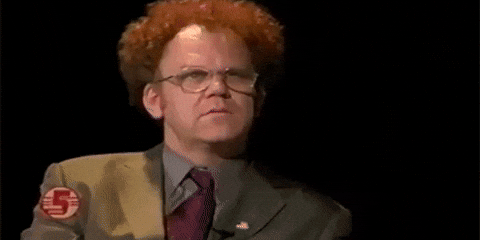#451 – Editorial Alchemy

Maybe I've been living under a rock but I don't remember hearing of Max Joseph.
But you've almost certainly seen things he's cut, or been influenced by someone who has seen something he's made.
But let me back up a minute.*
Digital Spaghetti is one my new favourite internet finds, particularly for fresh editing inspiration. (That and watching trailers.)
It's a channel hosted by musician, filmmaker, and Patreon CEO Jack Conte. It features some incredibly talented editors/filmmakers (mostly from the YouTubes), and it's well worth checking out.
Suck up some inspiration.
*You'll notice Max does this in his videos quite a bit.
He drops you in the middle of something interesting to set a hook and then pauses and re-starts with more context.
How to make boring interesting
But this recent video with Max Joseph really grabbed my attention.
It is a shot-by-shot breakdown of Max's edit (in FCP7!) for A Brief History of John Baldessari, a 6-minute opus of see-what-you-say editing, quick cuts, funny jokes and editorial alchemy** – turning dross into gold.
Max shares how the project came about in the first place and how they solved the common editorial challenge of transforming a not-very-engaging central interview into an entertaining and informative biographical introduction.
It's well worth 20 minutes of your lunch break.
I've noticed, after culling a lot of different interviews, that when people talk about their biographical history, it's generally something that they've talked about a lot before, and so they kind of talk like this, like they've said it before and they're kind of remembering what they've said before.
But then if they see an ant over there! They exclaim! Or their voice rises or they remember a funny joke and they speak louder and they project.
It might have been this project where it really dawned on me that, if I just take those moments where the person is exuberant and cut those together, that will give you a clearer sense of who that person is and what their soul is like...
The challenge then is how do you put that inside of a framework or a package that also gives you a beginning, middle, and end.
What I loved about this video, and why I've watched it several times, is that the style, choices, and end result are much more engaging, entertaining and funny*** than I would have thought to create.
It's a maximalist style, that looks fun to play with.
Four Takeaways
I took from the video:
